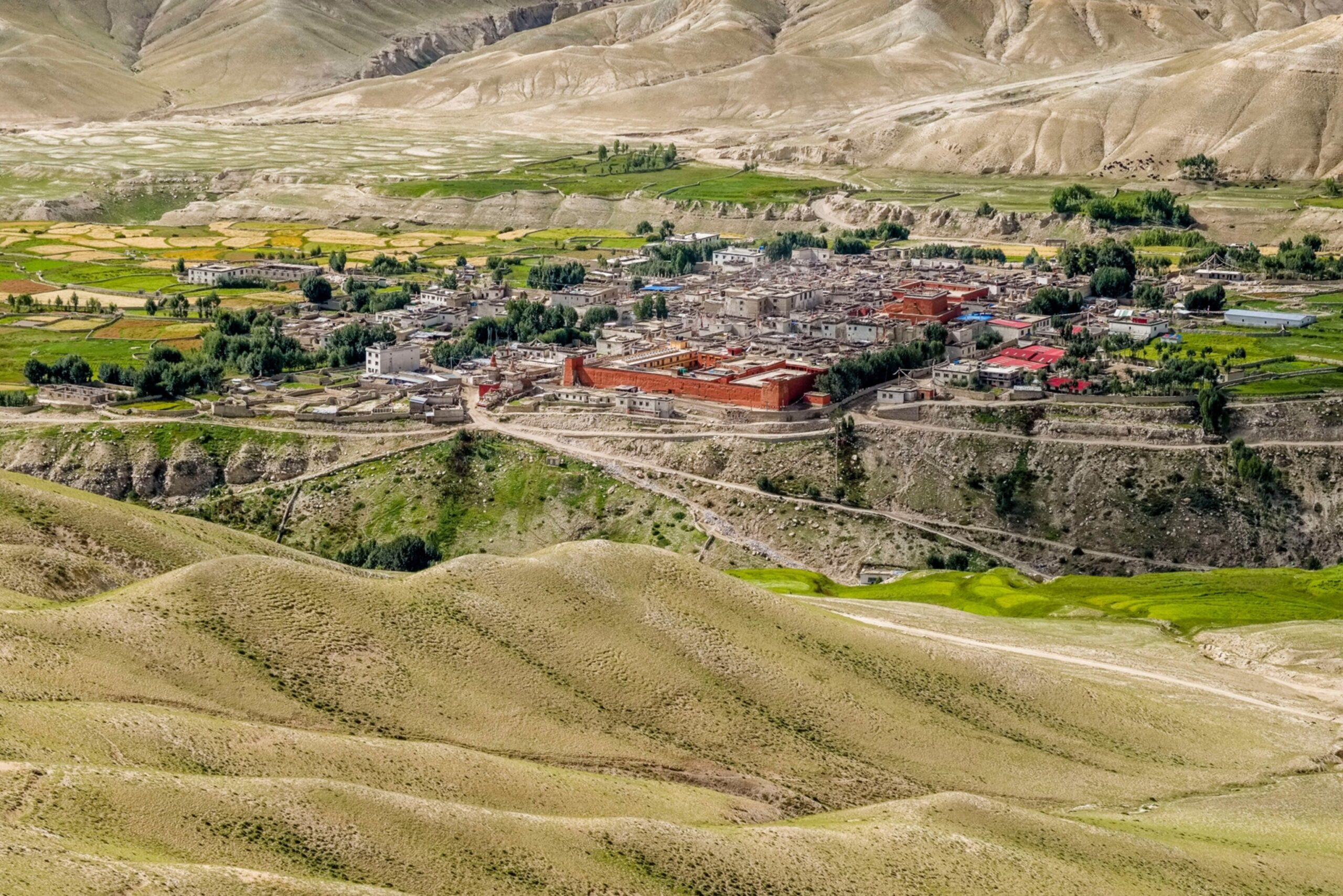In the heart of Nepal, where the soaring peaks of the Himalayas embrace the sky, lies a tapestry of hidden wonders waiting to be discovered. While Namche Bazaar and the villages of Everest draw crowds, there’s a quieter, more enchanting side to this Himalayan haven. These are the remote villages that remain untouched by the mainstream traveler.
Venturing beyond the familiar landscapes of Ghandruk and Dhampus, we invite you to join us on a quest to explore the lesser-known, yet equally captivating, corners of Nepal. These are the remote villages that dot the map, where the essence of the country’s charm and culture lies hidden from the usual tourist gaze.
In our pursuit of untouched landscapes and remote villages in Nepal, we’ll traverse challenging terrains, embracing the remoteness that adds a special allure to these hidden gems. From the far-western hills to the secluded valleys cradled between peaks, our journey will unveil the untamed beauty that defines Nepal’s best-kept secrets.
Samagaun, Manaslu
Samagaun village emerges as a hidden jewel, far from the popular trails of Nepal’s popular tourist circuits. Manaslu, the eighth-highest mountain in the world, sets the stage for a unique adventure where the landscape is as awe-inspiring as the culture it cradles. Samagaun, with its traditional stone houses and terraced fields, provides a glimpse into the daily lives of the resilient locals who call this place home. This remote village in Nepal exudes an unmatched tranquility.
As you navigate through the narrow alleys, adorned with fluttering prayer flags, the rich cultural tapestry of Samagaun unfolds. The inhabitants, predominantly of Tibetan origin, offer a warm welcome, inviting you to witness their age-old customs and rituals. The local monasteries echo the melodic chants of Buddhist prayers, adding a spiritual dimension to the village’s atmosphere.
Beyond its cultural allure, Samagaun serves as a gateway to high-altitude trekking, including the renowned Manaslu Circuit. The surrounding landscapes, from emerald green meadows to snow-capped peaks, showcase the untouched beauty that defines this remote corner of Nepal.
Ringmo, Shey Phoksundo National Park
Ringmo Village stands as a tranquil haven on the banks of the mesmerizing Phoksundo Lake. Away from the well-trodden paths, this remote village captures the essence of untouched beauty and ancient traditions.
What sets Ringmo apart is its breathtaking location, with traditional houses lining the shores of Phoksundo Lake, Nepal’s deepest alpine lake. The crystal-clear waters reflect the towering peaks that surround the village, creating a surreal panorama that is nothing short of magical. As the sun sets behind the mountains, casting hues of gold and pink on the lake’s surface, Ringmo unveils its true allure.
Beyond its scenic splendor, Ringmo encapsulates a living history. The village is a repository of ancient traditions, with locals practicing customs that have endured the test of time. The influence of Tibetan culture is palpable, evident in the vibrant prayer flags fluttering in the Himalayan breeze and the age-old monasteries that dot the landscape. The ancient Bon Po traditions, predating Buddhism, add a unique layer to Ringmo’s cultural fabric.
Dho Tarap, Upper Dolpo
Dho Tarap unfolds as a hidden Himalayan oasis, capturing the hearts of those seeking solitude in the lap of untouched beauty. As one of the highest inhabited regions on earth, Dho Tarap stands as a testament to the resilience of its people and the magnificence of its landscapes.
Dho Tarap, with its terraced fields and ancient monasteries, resonates with the rhythms of Tibetan Buddhism. The remote village is a mosaic of traditional stone houses, adorned with colorful prayer flags. The locals, predominantly of Tibetan descent, practice age-old customs and rituals that have been passed down through generations. The monasteries, adorned with intricate murals and ancient artifacts, serve as spiritual havens in this remote corner of the Himalayas.
One of the unique features of Dho Tarap is its strategic location along the Trans-Himalayan trade route that connects Dolpo to Tibet. This historical significance is reflected in the cultural exchanges that have shaped the village’s identity over the centuries. The traditional salt trade continues to play a crucial role in the livelihoods of the locals, connecting them to their nomadic roots.
Beding and Naa Village, Rolwaling Valley
Beding and Naa Village stand as humble abodes in the cradle of the lesser-known Rolwaling Valley. Far from the bustling trails, these remote villages in Nepal offer a retreat into the untouched beauty of the Rolwaling region, acting as a gateway to the mighty Tsho-Rolpa Glacial Lake.
Picture this: a river, cold and pristine, flowing from the icy waters of Tsho-Rolpa and Dudh Kunda, meandering through the valleys with towering peaks on either side. Beding and Naa, with their traditional stone houses, become serene witnesses to the perpetual dance of nature.
As the base for treks to the Tsho-Rolpa Glacial Lake, Beding and Naa invite adventurers to witness a landscape untouched by the mainstream tourist influx. The trek to this pristine lake is rewarded not only with breathtaking views but also with the cultural richness of the Sherpa inhabitants, who have maintained their traditional way of life for generations.

